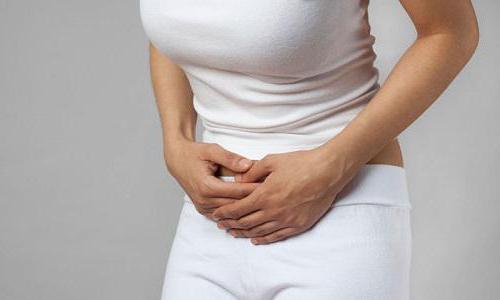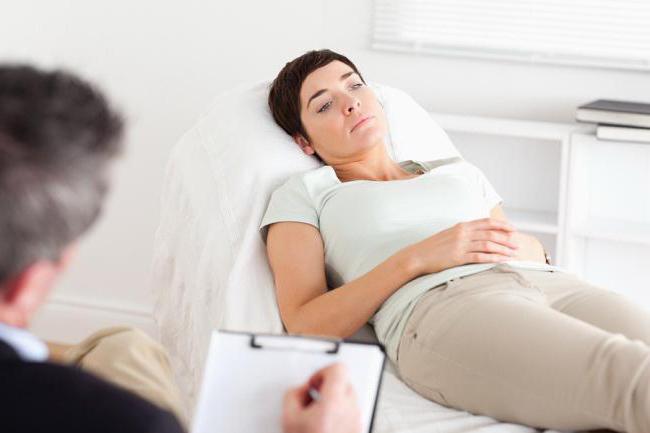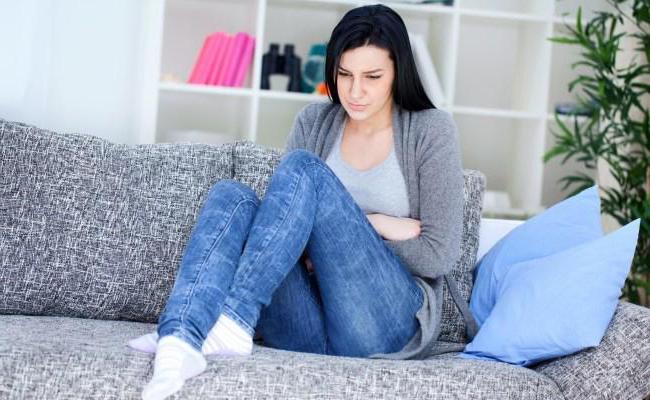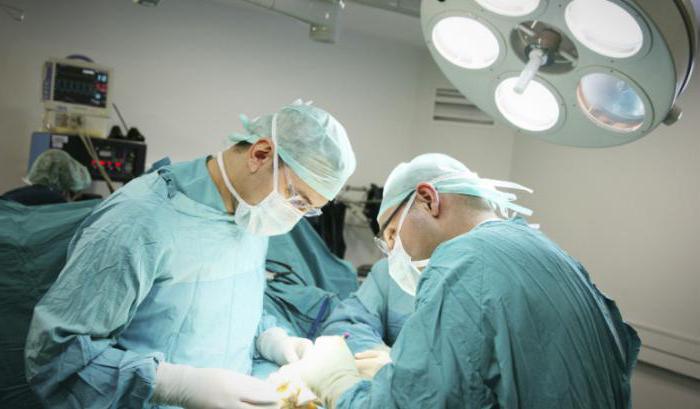As you know, it is better to start treating all diseases as soon as possible. And in order to detect them, it is necessary to periodically visit a medical institution and undergo appropriate examinations. This is the only way to prevent the development of serious diseases from which not a single person is safe. One of these ailments is the urethral polyp in women. The treatment, causes and symptoms of this pathology we will consider further.

Urethral polyp: what is it
The urethral polyp is a benign tumor, the main place of localization of which is the outer surface of the urethra. The neoplasm has a round or teardrop shape, develops from fibrous connective tissue. It is soft in texture, has a tendency to form vessels and therefore often bleeds. The urethral polyp is characterized by the presence of a leg. Such a tumor has the property of rapidly increasing in size, which can cause blockage of the urethra.
It is worth noting that women are most prone to the formation of urethral polyps. This is due to the fact that the urethra in them is much shorter than in men. In the female, the tumor mainly forms in the area of the external opening of the urethra. In this case, it can be seen with the naked eye, so often the neoplasm is found during a routine examination. But sometimes the urethral polyp in women (the treatment of the disease is described below) can be located in the central part of the urethra. To detect it, special equipment is needed.

Causes of polypo formation
Polyp growth, as a rule, occurs under the influence of certain factors. The main ones are:
• violation of the hormonal background and vaginal microflora;
• age-related hormonal changes;
• disorders in the endocrine system;
• chronic urethritis;
• colpitis and cervicitis;
• mechanical injuries of the urethra associated with childbirth, medical examination or sexual intercourse;
• sexually transmitted infections (gonorrhea, trichomoniasis, ureaplasmosis, chlamydia, genital herpes, papillomavirus).
In addition, bad habits, stress, eating unhealthy foods can be prerequisites for the development of the disease. Not the last role is played by heredity.

How dangerous are urethral polyps in women
The tumor itself is not a big danger. However, if the pathology is not eliminated on time, serious complications may develop.
Firstly, the urination system may be impaired, resulting in retention of urine and difficulty urinating. Large polyps can completely block the urethra, which makes emptying impossible.
Secondly, the urethral polyp in women, whose treatment is mostly radical, can cause hematuria, that is, the appearance of blood in the urine. Ultimately, against the background of prolonged blood loss, anemia can develop.
Thirdly, due to the presence of a tumor in the urethra, the bladder becomes more susceptible to infections, which can cause the development of cystitis and pyelonephritis. Often chronic urethritis develops.
Fourth, the growth of the neoplasm leads to the fact that intimacy for a woman becomes painful.
Fifth, despite the fact that the polyp has a benign nature, in rare cases, it can still degenerate into a malignant tumor. Therefore, regardless of the size of the polyp, it must be removed.
Based on the foregoing, we can conclude that the disease can not be started. The sooner a urologist consults, the lower the risk of possible complications.

How to recognize a disease
The clinical picture of the pathology is such that in the early stages of development its signs are practically absent. As the polyp grows, the symptoms of the disease become more pronounced. So, how does the presence of such a pathology as a urethral polyp manifest in women?
Symptoms are as follows:
• Difficult urination, accompanied by itching and burning.
• The presence of a soft neoplasm, which can be felt or seen independently.
• Deviation of the urine stream to the side and its spraying during urination.
• The presence of blood in the urine.
• Soreness during intercourse and blood discharge from the urethra after it has ended.
• Foreign body sensation in the urethra.

Diagnostics
If a urethral polyp is suspected, a urologist should be consulted. Moreover, it is important not only to confirm the diagnosis, but also to identify possible chronic infections that contribute to the formation of polyps.
The main research methods are:
• interview with a doctor and medical examination;
• bacteriosis of urine, taking and examining a smear from the urethra, PCR in order to identify the causative agent of infection;
• cystoscopy (endoscopic examination of the urethra and bladder).
Urethral polyp in women: treatment
Before considering possible treatment options, it should immediately be noted that there is no conservative treatment of this pathology. Therefore, when identifying a tumor-like formation, doctors insist on surgical intervention.
Today, the removal of the urethral polyp in women is performed in several ways.
If the polyp is located outside, apply the method of cryodestruction or electrocoagulation. The first method is based on exposing the tumor to low temperatures. Electrocoagulation (cauterization) involves the use of electric current. They also resort to radio wave removal of the polyp, which consists in the use of radio waves.
In the case when the polyp has reached considerable size and is located inside the urethra, a wedge-shaped resection is performed, in which the surgeon excises the tumor mechanically.

Urethral polyp in women: treatment with folk remedies
If the neoplasm is small and does not cause inconvenience, you can try to get rid of the polyp with the help of traditional medicine. However, such treatment requires time-consuming, besides, it is rarely effective, because the cause of the disease lies inside. Folk remedies, as a rule, can only act as supportive therapy, that is, strengthen the immune system and reduce inflammation, but they can not replace the traditional treatment.
To eliminate the pathology, suppositories with propolis and ichthyol are used, as well as enemas with herbal infusions and decoctions. For this purpose, celandine is most often used.
In any case, the possibility and expediency of herbal treatment must be agreed with the attending physician. Since the urethral polyp in women, whose treatment is most often surgical, has a tendency to degenerate and does not have pronounced symptoms in the early stages of development, its treatment requires a serious approach. Therefore, only a qualified specialist should engage in treatment.